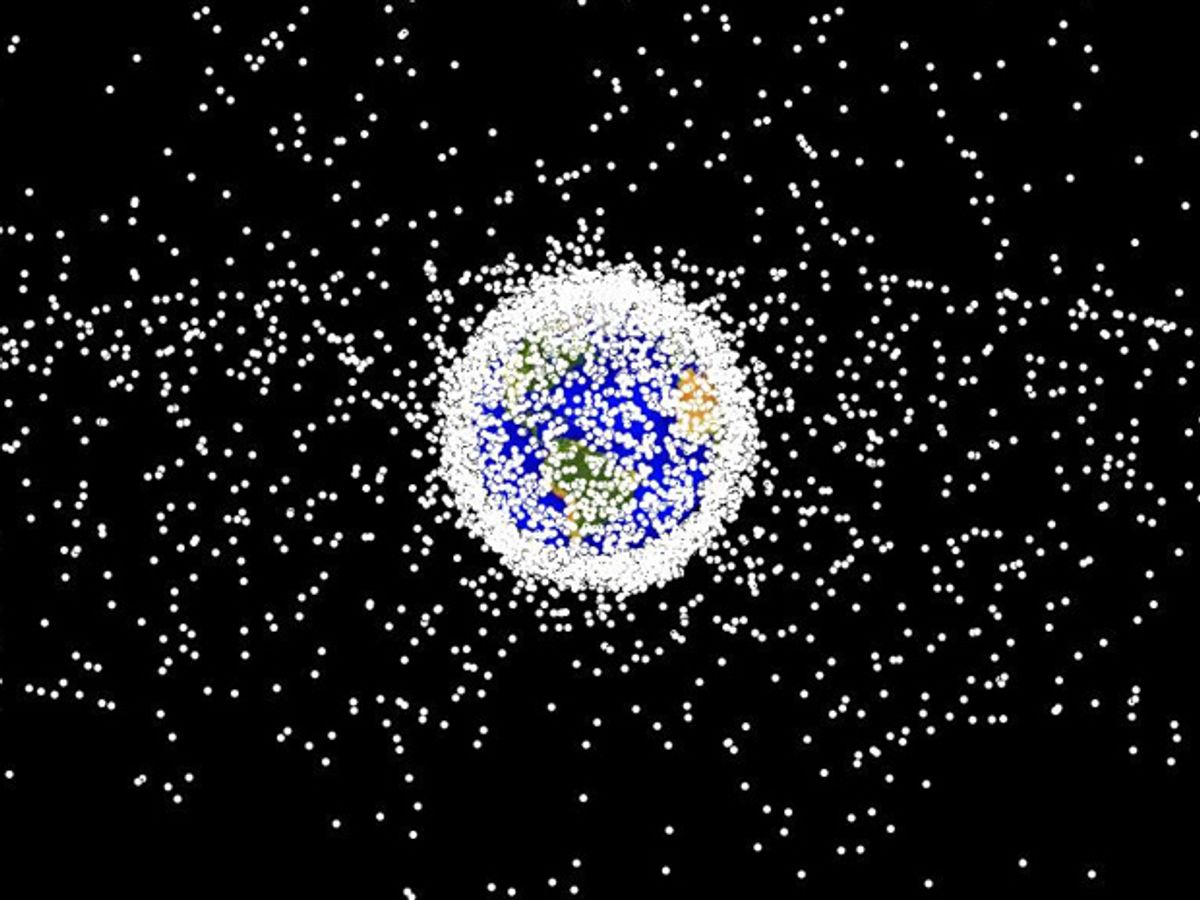The easiest (and probably best) way to deal with the space junk problem is to stop producing space junk in the first place. We’re trying to do that, which is great. But even if space agencies and commercial launch companies all commit, tomorrow, to rockets and satellites that will deorbit themselves after no more than 25 years, there’s still all kinds of debris flying around up there, threatening our orbital infrastructure.
Many ways of dealing with orbital debris have been proposed, and some are even being tried out. Researchers working at RIKEN, a research institution in Japan, are leading an international team that wants to put a laser cannon on the International Space Station to try to shoot down small pieces of junk on the fly.
One of the most difficult parts of dealing with space junk is finding it in the first place. To then shoot it with a laser at a distance of 100 kilometers or more, you have to be able to track it very precisely, which necessitates a very sensitive wide-angle optical telescope. Fortunately, the ISS is about to get one. EUSO, the Extreme Universe Space Observatory, will be installed on the ISS in 2017, and the researchers at RIKEN must have said to themselves, “hey, we could slap a laser on that thing and blast space junk.” So they’re going to give it a try.
RIKEN plans to use a fiber laser originally developed to drive particle accelerators and mount it along side of EUSO. During twilight, EUSO will look for the telltale twinkle of small bits of debris reflecting sunlight, and send targeting information to the laser, which zaps them. If a 20% scale proof of concept laser system is successful in space, a version 100 times stronger will be installed next.

“Our proposal is radically different from the more conventional approach that is ground based,” says RIKEN lead researcher Toshikazu Ebisuzaki. “We believe it is a more manageable approach that will be accurate, fast, and cheap.”
The laser wouldn’t have to utterly annihilate pieces of space junk to be effective. Instead, it performs “high-velocity plasma ablation” on junk, meaning that the laser vaporizes just a little bit off of the surface of the junk with each shot. The vaporization results in a tiny puff that acts like an itty bitty (and very short lived) rocket engine in microgravity. As long as the ISS is in a higher orbit than the space junk, or orbiting ahead of it, a few puffs is enough to cause the junk to begin to deorbit itself.
Without a bigger laser, the ISS system will only be able to handle debris up to a maximum size of about a centimeter. Centimeter-scale orbital debris is particularly dangerous, because it’s small enough to be hard to keep track of but large enough to punch holes in just about anything it hits. It’s the sort of stuff that gets created when things accidentally smash into other things and explode. This has only happened a few times, but considering how much space is in space (a lot), the fact that it’s happened at all is testament to the amount of junk that's flying around up there. Beyond a certain point, there will have been enough collisions generating enough debris that there will be no way to stop a runaway chain reaction. The technical term for this is the Kessler effect, and the less technical term for this is spacejunkpocalypse. And once we hit this point, it could render much of Earth orbit impassable.
One small space-based laser is certainly not going to solve the orbital debris problem. Ultimately, it may not even be the best way to go about dealing with orbital debris at all. What’s important is that we’re starting to experimentally determine how to tackle this problem, and if the full scale tests on the ISS go well, a free-flying satellite could eventually be placed into an 800km polar orbit. A dedicated system like this, according to Ebisuzaki, “could remove most of the centimeter-sized debris within five years of operation.”
Evan Ackerman is a senior editor at IEEE Spectrum. Since 2007, he has written over 6,000 articles on robotics and technology. He has a degree in Martian geology and is excellent at playing bagpipes.



